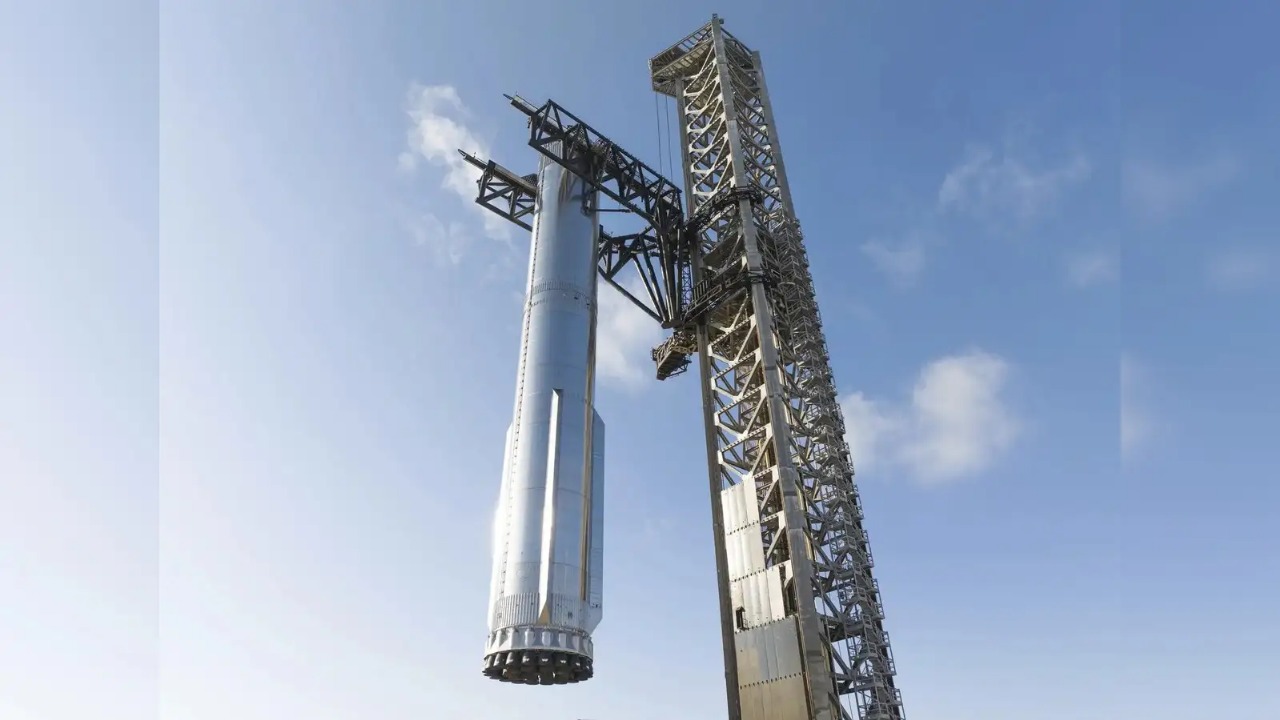
Follow WOWNEWS 24x7 on:

SpaceX’s Starship rocket has successfully completed its tenth integrated test flight, lifting off from Starbase in Texas and splashing down in the Indian Ocean after a transoceanic journey that lasted just over an hour. This flight marks a significant milestone for Elon Musk’s space ambitions, overcoming a string of past failures and delivering critical data for future missions to the Moon and Mars. Here’s a comprehensive breakdown of the mission and its implications.
1. Launch and Flight Overview
- The launch took place on August 26, 2025, at 6:30 pm CDT from SpaceX’s Starbase facility in Boca Chica, Texas
- After multiple delays due to technical issues and weather, the rocket finally lifted off, generating over 17 million pounds of thrust
- The Super Heavy booster executed a controlled splashdown in the Gulf of Mexico approximately six minutes into the flight
- The upper stage, Starship Ship 37, continued its flight path across the globe, culminating in a successful splashdown in the Indian Ocean northwest of Australia
2. Technical Objectives and Experiments
- The mission tested new heat shield tile configurations, with several sections intentionally left tile-less to stress-test vulnerable areas during reentry
- A single Raptor engine was reignited in space to evaluate in-orbit relight capabilities
- Eight Starlink satellite simulators were deployed using a Pez-dispenser-style mechanism, mimicking next-gen payload deployment
- The booster’s landing burn was executed using a modified engine configuration, disabling one of the center engines to test backup systems
3. Overcoming Past Failures
- Starship’s previous three flights in 2025 ended in upper-stage explosions, raising concerns about the vehicle’s reliability
- A static fire test in June also resulted in the destruction of Ship 36, prompting hardware and operational changes
- Flight 10 demonstrated improved structural integrity and thermal protection, with no mid-flight disintegration or loss of control
- The successful splashdown of both stages marks the first fully completed test flight of the year
4. Strategic Importance for NASA and Mars
- Starship is central to NASA’s Artemis III mission, which aims to land astronauts on the Moon by 2027 using a Starship-based lunar lander
- SpaceX plans to use Starship for future Mars missions, with orbital refueling and rapid reusability as key enablers
- The data from Flight 10 will inform design tweaks for Version 3 of Starship, expected to launch later this year from Kennedy Space Center
5. Public and Industry Reaction
- The launch was livestreamed on SpaceX’s platforms, drawing millions of viewers and widespread media coverage
- Aerospace analysts praised the flight as a turning point, though emphasized the need for consistent reliability
- Environmental groups continue to monitor the impact of launches near sensitive coastal zones in Texas and splashdown areas in the Indian Ocean
6. What’s Next for Starship
- SpaceX will analyze telemetry and onboard data to refine reentry profiles and engine configurations
- Future flights may attempt full orbital trajectories with return-to-launch-site landings
- Infrastructure expansion at NASA’s Kennedy Space Center is underway to support higher launch cadence and crewed missions
Sources: Digital Trends, Mathrubhumi, The Chandigarh News, SpaceX official site, Ars Technica, Tesla Oracle, MSN News



